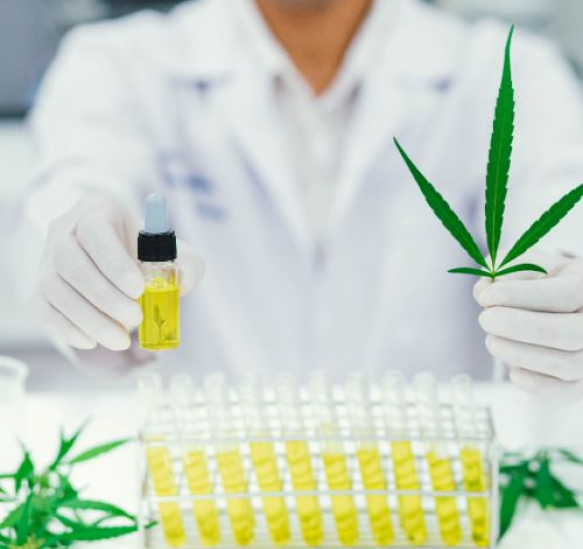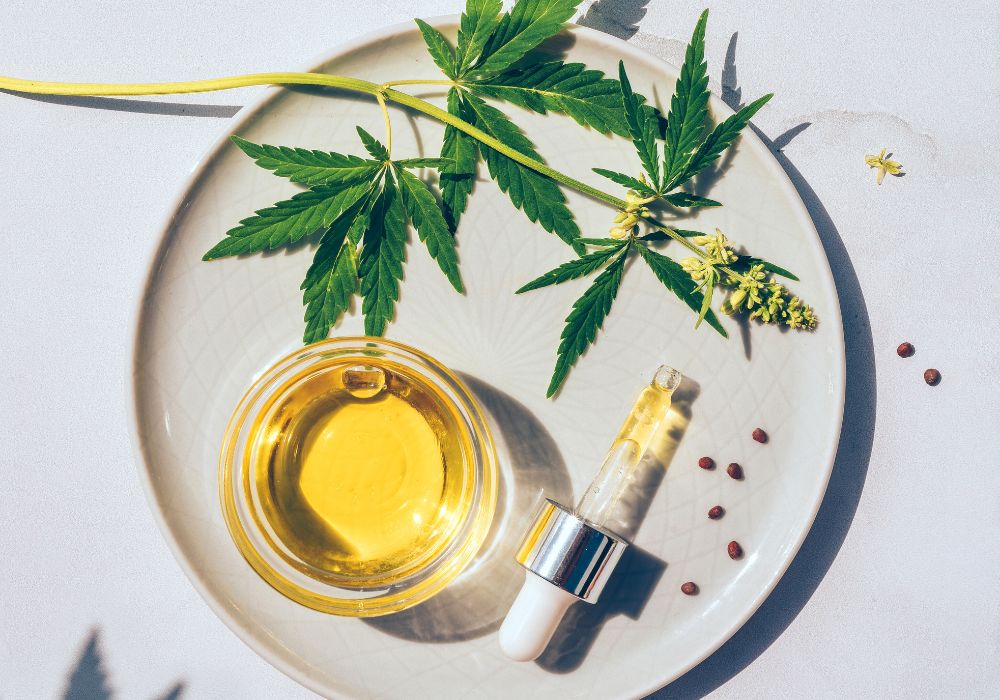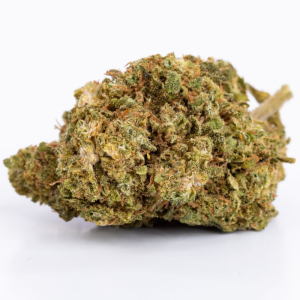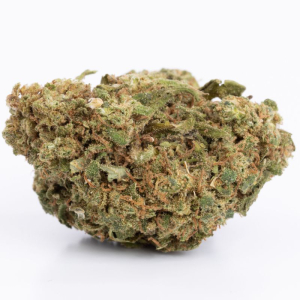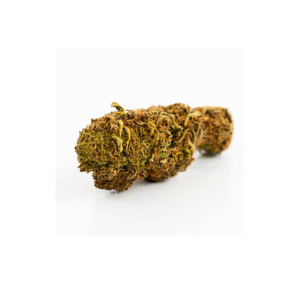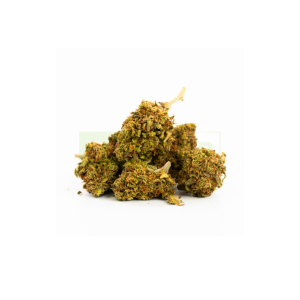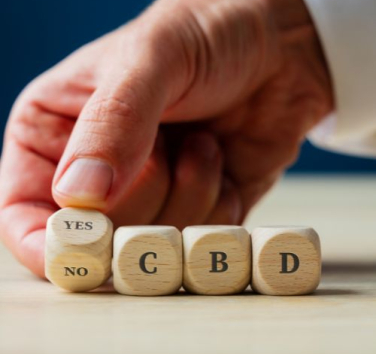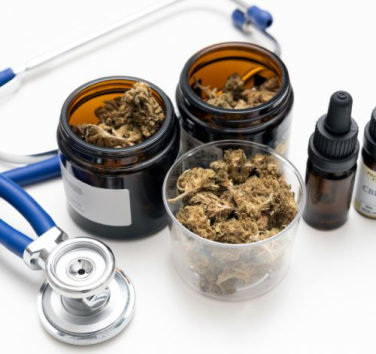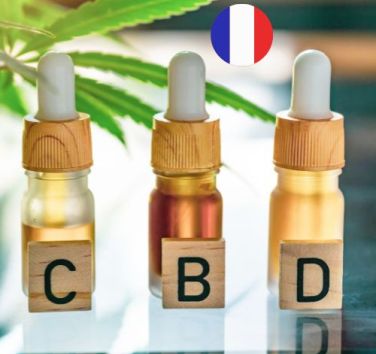What is CB9?
CB9 is a cannabinoid distillate, that is to say a concentrated and purified product extracted from the cannabis plant, mainly of the Cannabis L. Sativa or Cannabis Indica strain.
It seems to have an intermediate molecular structure between CBD and THC, a bit like HHC, the controversial cannabinoid which was formally banned in France in June 2023. This structural particularity gives it confers psychoactive properties, which therefore impair cognitive abilities.
CB9 was isolated from the hemp plant without laboratory manipulation. It is therefore a natural (and not synthetic) cannabinoid. Its genesis involves a series of complex chemical reactions that are not yet understood by science. What is certain is that CBD and THC play the role of precursors to its formation in the cannabis plant under certain conditions (temperature, humidity, etc.).
The discovery of CB9 is an interesting scientific advance, because it presents an atypical molecular profile, very different from the 140 cannabinoids already discovered and isolated by the scientific community since the 1940s.
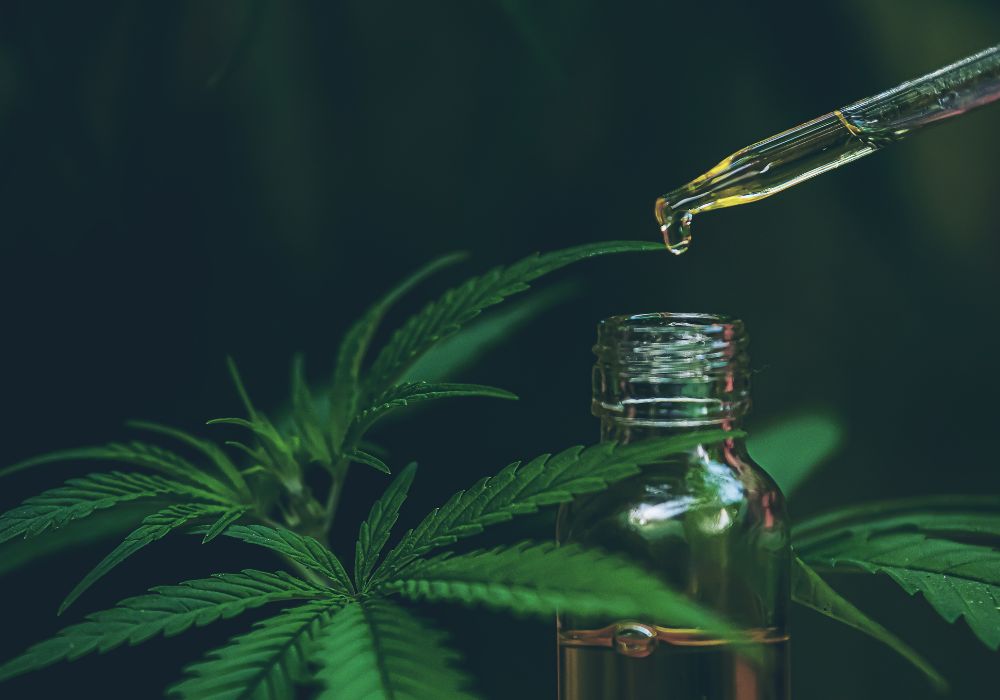
Does not crystallize: what does that mean?
Early studies of CB9 identified a potentially interesting property: this cannabinoid does not appear to crystallize, much like THC, which tends to stay in a viscous form. This is not the case for other non-psychotropic cannabinoids:
- Cannabidiol, or CBD, crystallizes a lot. It can in fact form pure crystals, and this is also the method followed to develop “CBD isolate” type products;
- Cannabinol, or CBN, can also crystallize, but to a much less pronounced degree than CBD. CBN crystallization typically occurs under controlled laboratory conditions and at very high concentrations;
- Cannabichromene, or CBC, is much less prone to crystallization. Like THC, it generally remains in a viscous or oily form;
- Cannabigerol, or CBG, can crystallize, especially when isolated and concentrated.
So CB9 does not crystallize. For what ? And above all, what is the use of a cannabinoid that does not crystallize?
Why does CB9 not crystallize?
At this stage, we can only formulate hypotheses, as the mechanism is not well understood by researchers.
CB9 may have a more complex or branched molecular structure that does not readily lend itself to this ordered arrangement necessary for crystal formation. Molecules that have bulky side chains or irregular functional groups prevent regular alignment of molecules, an essential requirement for crystallization.
You should know that crystallization is favored by strong intermolecular interactions. If CB9 exhibits weak Van der Waals forces or novel hydrophobic/hydrophilic interactions, the tendency of the molecules to aggregate into crystalline structures is reduced or even absent.
CB9 does not crystallize: what's the point?
The fact that CB9 does not crystallize presents several advantages for manufacturers and consumers of hemp products, assuming that the molecule will be legalized.
A cannabinoid that does not crystallize can be mixed more easily with other components without risking separation or chemical precipitation. Concretely, it will be easier to manufacture homogeneous products with a high concentration of CB9 such as oils, creams and e-liquids for electronic cigarettes, with a low cost price and, potentially, a competitive selling price.
On the other hand, products that contain active ingredients that do not crystallize do not need additives and anti-crystallizing chemical agents, which facilitates formulation and reduces side effects or impact on the digestive system. They are also less prone to changes in texture and appearance with prolonged storage.
In the pharmaceutical field, the fact that CB9 does not crystallize allows a very precise dosage of the active ingredient. Also, drugs based on CB9 will be easier to handle and store, since the Temperature control will not be as strict, and there will be no need to resort to solvents to dissolve any crystals that may have formed on the raw material stock (CB9).
What are the suspected effects of CB9?
The effects of CB9, and of all cannabinoids, depend on the type of interaction between the molecule and the endocannabinoid system (SEC), in particular the “CB 1” and “CB 2” receptors scattered throughout the body. the body.
Remember that the ECS regulates a number of vital physiological functions, such as appetite, sleep, mood, metabolism, immunity and the sensation of pain.
For example, if CBD induces a state of relaxation and pleasant relaxation without altering cognitive functions and without causing a "high" effect, it is because it does not interact not directly with the receptors, with a medium to low affinity, unlike THC which has a very high affinity.
So what about CB9? As you can imagine, we will have to wait for the results of the first clinical studies to have certainty. For now, we must content ourselves with feedback from the field (for side effects) and realistic hypotheses (for suspected benefits):
- American consumers who have been able to obtain CB9 report a state of relaxation accompanied by a less marked psychoactive effect than THC, rather comparable to HHC and delta 8 THC;
- CB9 appears, like all other cannabinoids, to relieve acute or chronic pain, of mild to moderate intensity;
- It also appears that CB9 is a powerful anti-inflammatory;
- CB9 also appears to soothe stress and anxiety.
The comparative analysis: CB9 vs. CBD, CBG, CBN and THC
The 321CBD editorial team has prepared a comparative table for you to evaluate the different characteristics of CB9 with regard to the properties of the cannabinoids that we know better: CBD and THC, but also CBG and CBN.
|
CB9 |
CBD |
CBG |
CBN |
THC |
|
|
Naturally present in cannabis? |
Yes, in low doses |
Yes, abundant |
Yes, before transforming into CBD or CBN |
Yes, not very abundant |
Yes, very abundant |
|
Production |
Derived from CBD through a natural chemical process |
CO2 extraction, by solvents, vegetable oil extract |
Adult plants contain only 1% CBG, compared to 5% for young plants |
By decomposition of THC |
Extraction or direct use from the cannabis plant |
|
Psychoactive effects |
Yes |
No |
No |
No |
Yes |
|
Interaction with SEC receptors |
In progress |
Weak modulation of “CB 1” and “CB2” receptors, and probably other receptors |
Partial activation of “CB 1” and “CB 2” receptors |
High affinity for “CB 2” receptors |
Strong affinity with the “CB 1” receptor, which makes it psychoactive |
|
Benefits |
Relief of pain, inflammation, stress and anxiety (suspected) |
Relief of pain, inflammation, sleep regulation, antioxidant action |
Energy, concentration, calming, memorization |
Pain relief, relaxation, sleep regulation |
Pain relief, sedation state |
|
What products contain this cannabinoid? |
Distillate, flowers, hash, gums |
Oils, capsules, flowers, capsules, resin, foods, e-liquids, creams, etc. |
Oils, capsules, crystals… |
Oils, capsules, crystals… |
Flowers, concentrates, foods, oils… |
|
Legality in France |
Grey zone, will probably be banned in the short term given its psychotropic effects |
Legal |
Legal |
Legal |
Illegal |
Why we don't offer CB9 at 321CBD
Simply to remain in compliance with our ethical charter, which remains the only compass for our online store. You will only find products in our catalog that are safe, 100% traceable and compliant with legislation. No psychotropic product (or suspected of being psychotropic) has any place on our site.
For example, we have never offered HHC, nor its derivatives HHC-acetate (HHCO) and hexahydroxycannabiphorol (HHCP)… and we did well, because these molecules were banned by the Ministry of Health in June 2023, several months after their appearance in France.
If you want to enjoy the soothing, anti-inflammatory and pain-relieving benefits of legal cannabis, visit our online store ! You will find premium quality CBD and CBG products at smart prices!

